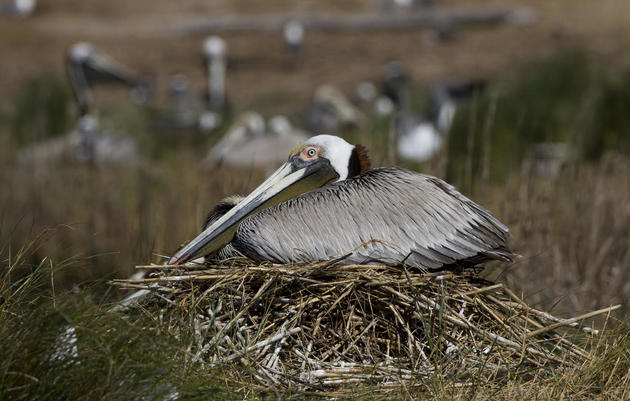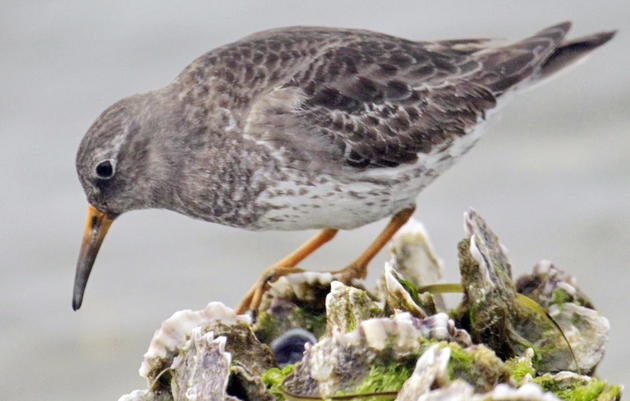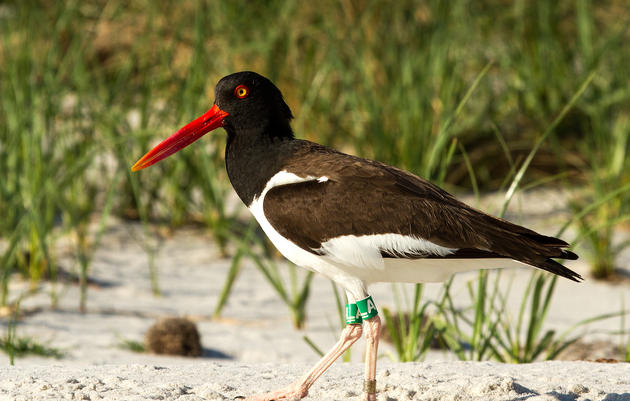Since 1902, Audubon has led protection of North Carolina’s coastal birds like the Brown Pelican, American Oystercatcher and Black Skimmers. Early efforts focused on halting the widespread slaughter of coastal birds for the commercial feather trade, resulting in passage of the North Carolina “Audubon Act” in 1903.
Today, Audubon protects key sites and habitats that coastal birds depend upon and partners with federal, state and local community partners to ensure that birds will always remain a source of wonder and joy for those that cherish our beaches and waterways.
Halting Terminal Groins
Terminal groins, or rock walls built across the beach into the ocean, were prohibited on North Carolina’s coast for more than 30 years because they unnaturally trap sand in one location – robbing nearby beaches of sand and increasing erosion elsewhere. Terminal groins represent significant threats to the few remaining natural inlets in our state that threatened and endangered shorebirds - like the Piping Plover and Red Knot – and other coastal birds depend upon.
In 2011, the North Carolina legislature lifted the ban on terminal groins, eventually allowing up to 6 “test” terminal groins to be built on our coast, but only on the condition that local communities fund the projects rather than depending on use of state taxpayer dollars. To date, only the community of Bald Head Island has elected to construct their terminal groin, reflecting significant concerns that coastal communities about the performance of terminal groins and their impact on local taxpayers.
In the 2018 legislative session, Audubon is working with our partners to oppose further expansion of terminal groins on our coast and ensuring the ban on use of state taxpayer dollars remains in place. Audubon also advises state and federal agencies on the impact of individual terminal groin projects on coastal birds.
Restoring Bird Islands & Waterfowl Habitat
Audubon manages an extensive network of bird islands on the Lower Cape Fear River that provide critical nesting habitat for our coastal birds. Over time, these islands are vulnerable to erosion and vegetative growth that reduces the number of open sandy sites preferred by coastal birds. Audubon partners with the U.S. Army Corps of Engineers to place dredge sand on these islands to keep pace with sea level rise and erosion threats. Audubon is also implementing new habitat management techniques to restore oyster reefs on the edge of select bird islands to make them resilient to erosion and create new food sources for birds and other wildlife.
At Audubon’s Pine Island Sanctuary on Currituck Sound in Corolla, NC we operate a historic hunting lodge and work with community partners to restore marsh habitat at one of the most Important Bird Areas on our coast for waterfowl and other resident and migratory birds.
Fired up on this issue? To stay up to date on policy issues where your voice can make a difference for NC birds, sign up for Audubon’s Action Alert Network.








